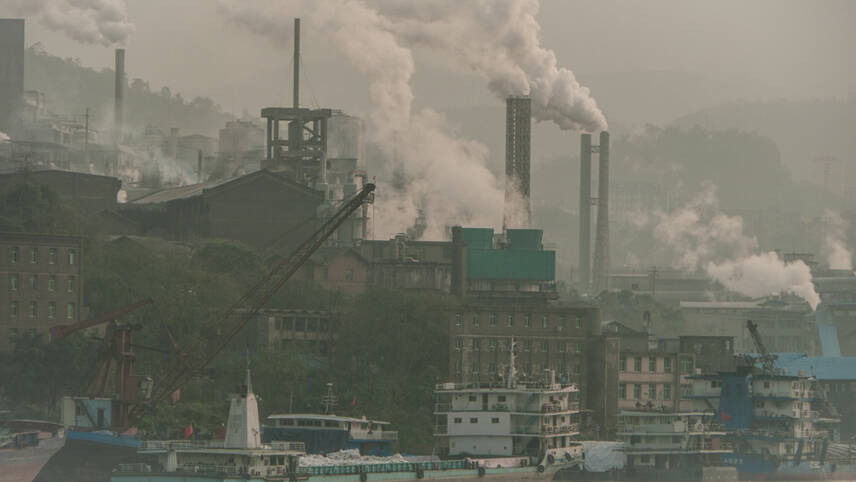Register for free and continue reading
Join our growing army of changemakers and get unlimited access to our premium content

The report argues that market shifts will accelerate action
Published at COP27, new research from the Energy and Climate Intelligence Unit (ECIU) suggests that as nations move to boost energy security by reducing reliance on gas imports many will turn to low-carbon solutions that will boost overall efforts to meet the 1.5C ambition of the Paris Agreement.
The report notes that the geopolitical issues surrounding Russian gas, combined with the falling costs for clean energy and transportation are acting as driving forces for the world’s four largest emitters – China, the US, the European Union (EU) and India.
With separate reports from COP27 warning that, if current emissions levels persist, there is a 50% chance that 1.5C will be breached within the next nine years, the ECIU research suggests that the overall picture for keeping 1.5C alive “may be better than it looks on paper”.
The ECIU’s international lead Gareth Redmond-King said: “The pace at which the green transition is speeding up, particularly in the powerhouses of the global economy, is remarkable. It shows starkly just how the right policy and market frameworks are driving change at a pace which would have been unimaginable just a few years ago.
“Russia’s invasion of Ukraine and the global energy crisis have accelerated this shift still further. And, whilst there might be a short-term uptick in fossil fuel use and more progress will be needed, no one who genuinely understands the interconnected crises facing the world believes that more oil and gas represent anything more than a very short-term solution.”
The report points to notable efforts from high-emitting nations to ramp up sustainability efforts.
China, for example, is installing more than 160GW of renewables this year, a 25% increase compared to 2021. Electric vehicle (EV) sales in 2022 are also projected to double that of non-EV cars in 2021.
Elsewhere, the US is second only to China in renewables deployment and forecasts suggest that the country could generate 85% of its power from renewables by 2030. As for EVs, some forecasts suggest they’ll account for half of all new cars purchased in 2030.
The EU’s green transition will be supported by its new Fit for 55 plan, but the ECIU notes that efforts to reduce reliance on Russian gas could see ambitions increased even further.
As for India, the nation’s net-zero target for 2070 raised eyebrows at COP26, but the target includes ambitions to transform its energy sector within a decade. With coal generation becoming increasingly unprofitable across the globe, the ECIU believes this could help spur even quicker levels of decarbonisation.
The ECIU also notes that negotiations at COP27 around supporting vulnerable nations are crucial in helping speed up the clean energy transition globally. This, in turn, would reduce a reliance on fossil fuels and pump more finance into clean technology areas. The ECIU believes that all countries could generate enough renewable supply to power themselves and create a “universal route” to energy security.


Please login or Register to leave a comment.